Recent Posts
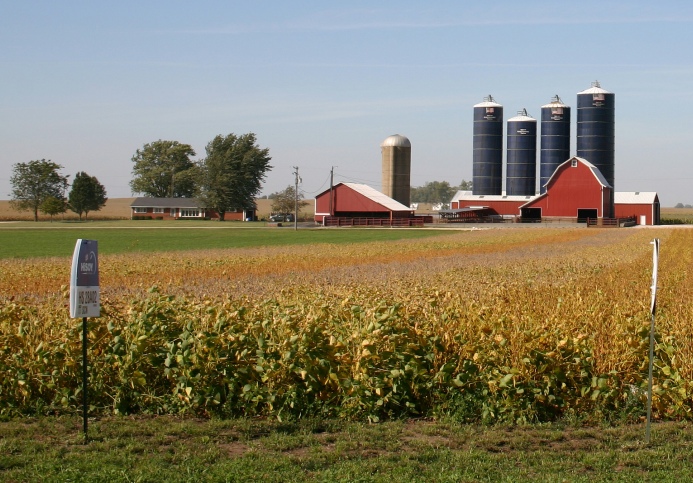 January 30, 2015 Although the air is 79 percent di-nitrogen (N2), soybean plants without Bradyrhizobium japonicum are unable to utilize this nitrogen source. The soybean plant provides nutrients (carbohydrates and minerals) and a protective growing environment for the rhizobia. In turn, the rhizobia “fix” atmospheric nitrogen... |
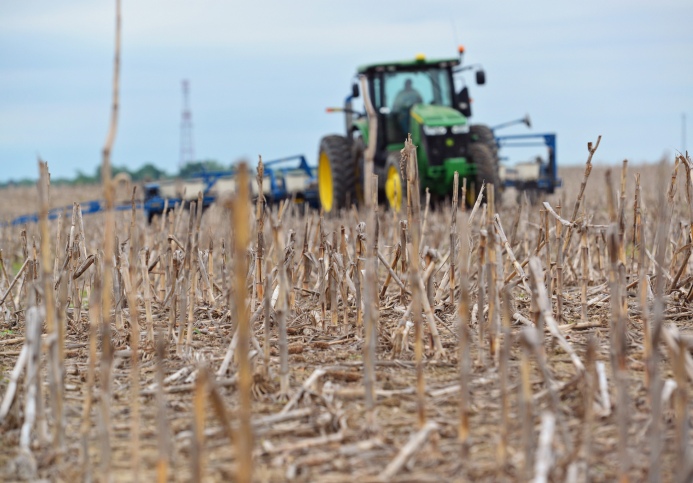 January 30, 2015 Soybeans can be planted deeper than you think and do better than you hope. |
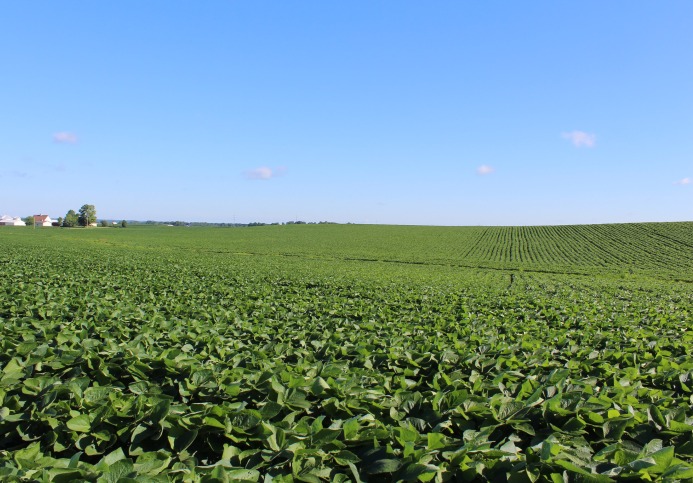 January 30, 2015 How do your production costs look for the year ahead? Iowa State University just released its 2015 crop-production estimates, and I hope your figures look better than these guidelines. That won’t be easy, I’m afraid, but then actual costs can vary greatly. |
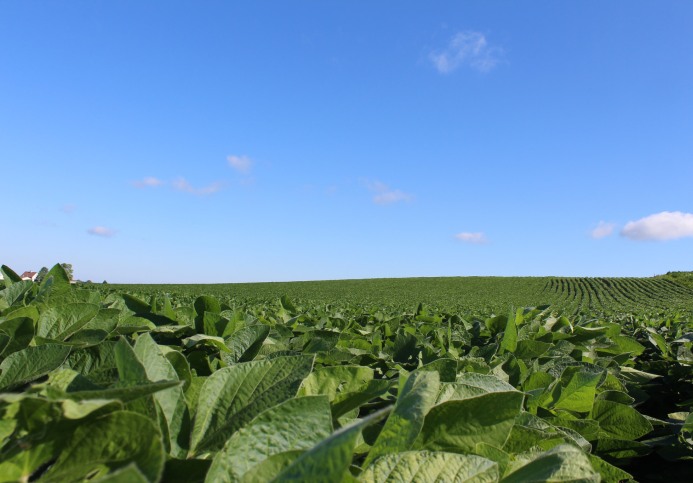 January 30, 2015 ILSoyAdvisor.com continued its winter webinar series on Wednesday, Jan. 21. In "Six Secrets of Soybean Success,” Fred Below, Ph.D., University of Illinois professor of plant physiology and crop sciences, shared updates from his 2014 field research results and practical advice for helping growers plan for... |
 January 23, 2015 If you expect more from your soybeans… maybe they are expecting more from you? If you can’t answer “yes” to all these questions, fertility management could be holding back your soybean yields. |
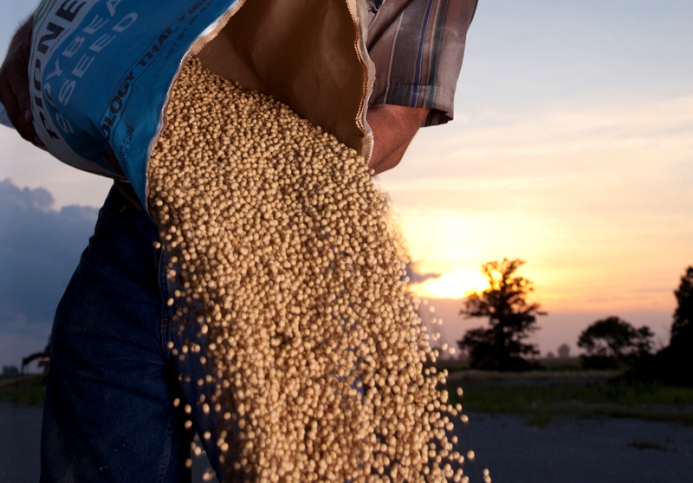 January 23, 2015 There has been a lot of discussion lately about soybean composition or protein and oil concentration. Farmers may wonder why they should care about the protein and oil concentration in their soybeans. |
